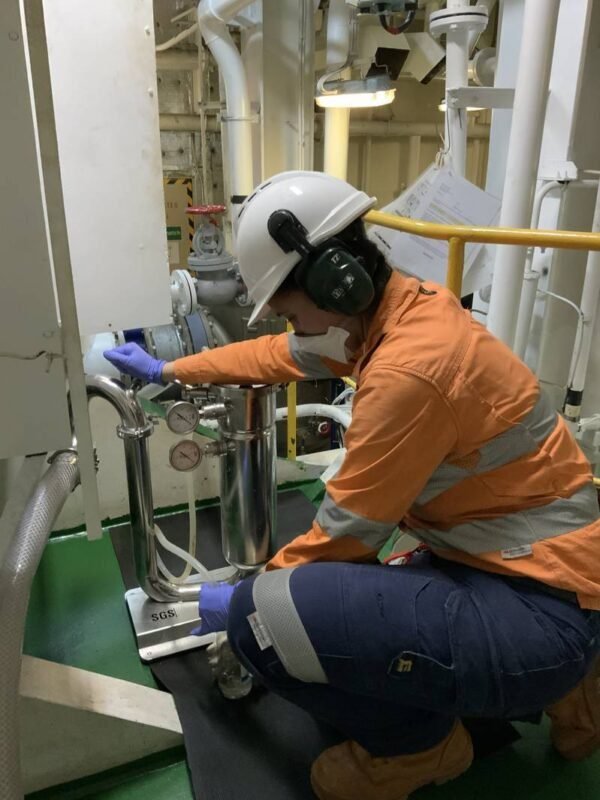The issue of invasive species being transferred around the world in ballast water has been a concern for decades. The IMO adopted voluntary guidelines in 1991, focusing on non-release of ballast water, ballast water exchange, or discharge into shoreside reception facilities. However, the development of treatment systems was mentioned as a possibility for future research. Over the years, treatment systems grew in type and number, with over 80 gaining type approval. Concerns were raised about the limited salinity range for testing these systems, as well as the need to only monitor the effectiveness of the disinfection process for five days.
The control of invasive species remains an ongoing battle, with species like the round goby thriving in new environments. Despite efforts to prevent the transfer of invasive species through ballast water exchange, untreated samples from lakers have been found to contain thousands of eggs or resting stages of organisms per cubic meter. Compliance with the D-2 standard for ballast water treatment systems has been a challenge, with nearly half of all samples exceeding the limit for viable organisms per cubic meter.
The implementation of ballast water treatment systems has presented challenges for shipowners, with concerns about bypassing the system during ballasting. The International Chamber of Shipping advocates for a more consistent regulatory approach to address these issues. Amendments to the Ballast Water Management Convention are being drafted, with a focus on developing shoreside treatment systems as an alternative to onboard systems. Despite the complexities and costs associated with mitigating the transfer of invasive species, efforts to comply with the D-2 standard have been shown to significantly reduce the probability of biological invasion at ports like Douala.







